Our free exhibition brings together two artists who explore the representation of chronic illness and reclaim the idea of ‘misbehaving bodies’.
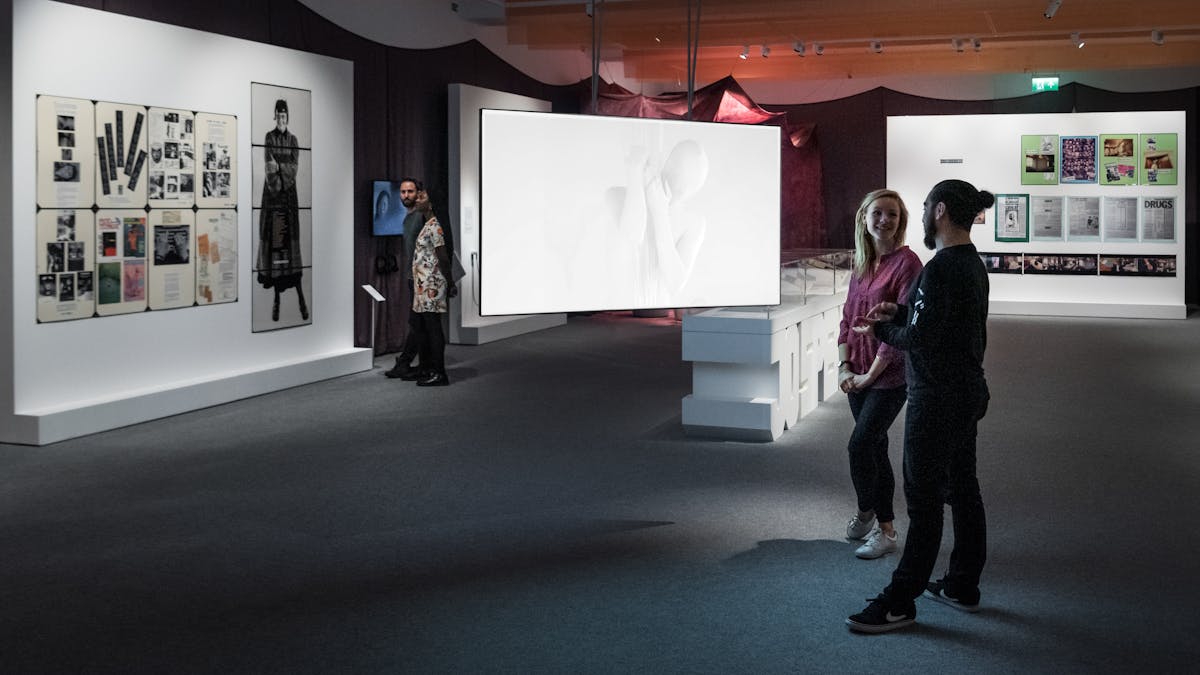
An invigorating – if ultimately heartbreaking – experience.
Influential photographer Jo Spence’s (1934–92) work documents her diagnosis of breast cancer and subsequent healthcare regime throughout the 1980s. Her raw and confrontational photography is shown alongside Oreet Ashery’s (b. 1966) award-winning miniseries ‘Revisiting Genesis’, 2016. Ashery’s politically engaged work explores loss and the lived experience of chronic illness in the digital era. In October 2019, a new commission by Ashery, exploring the recent death of her father, will be added.
Follow your own path through this exhibition, challenge your understanding of ‘misbehaving’ or ‘untypical’ bodies, and reflect on how illness shapes identity.
Exhibition highlights
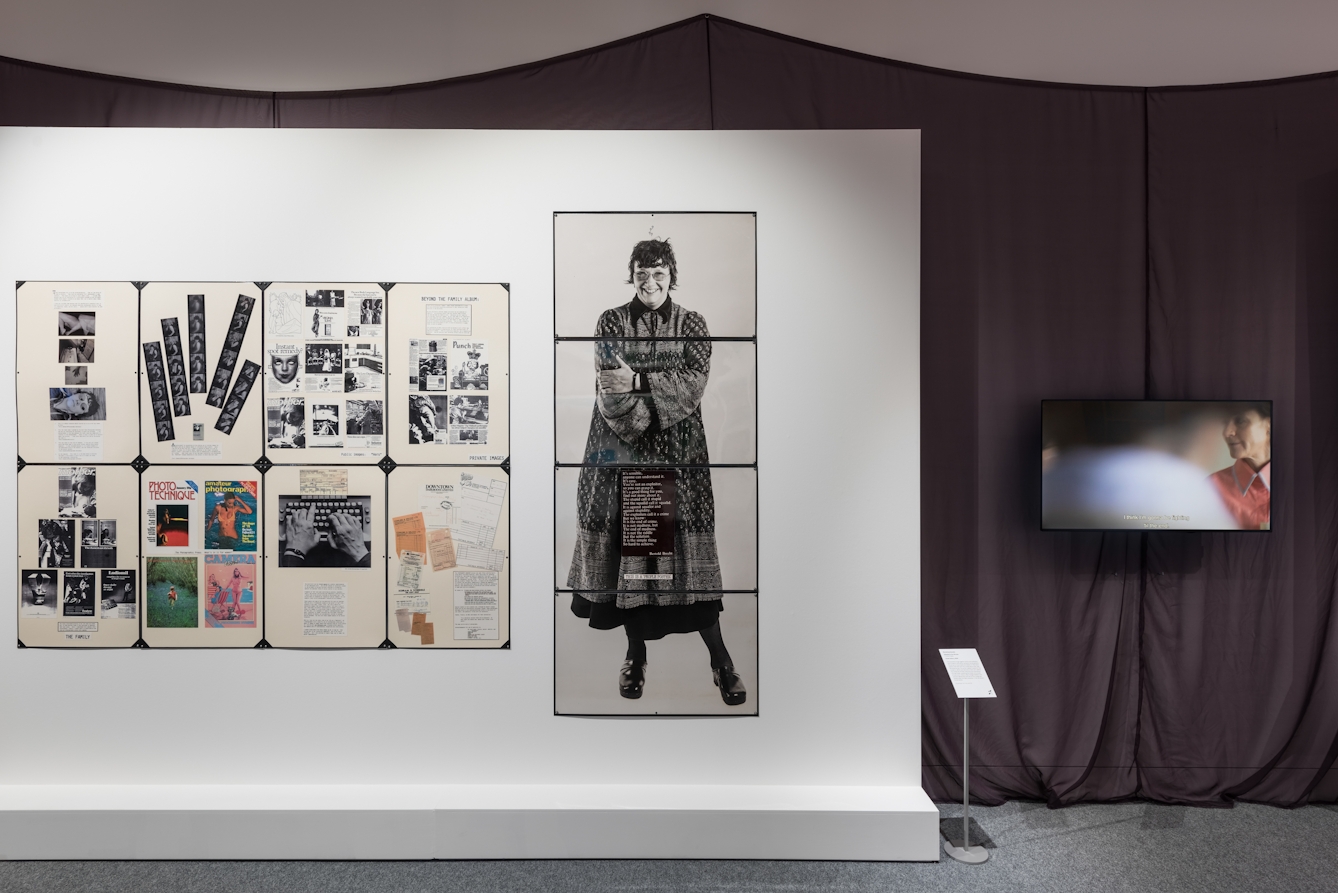
This excerpt from ‘Beyond the Family Album’ is the oldest piece in the show, from 1978, and it represents things that aren’t typically seen in a family album, like divorce, illness or trauma. Jo Spence’s larger-than-life self-portrait is the first time that she turned the camera on herself and started using her own image in a political way.
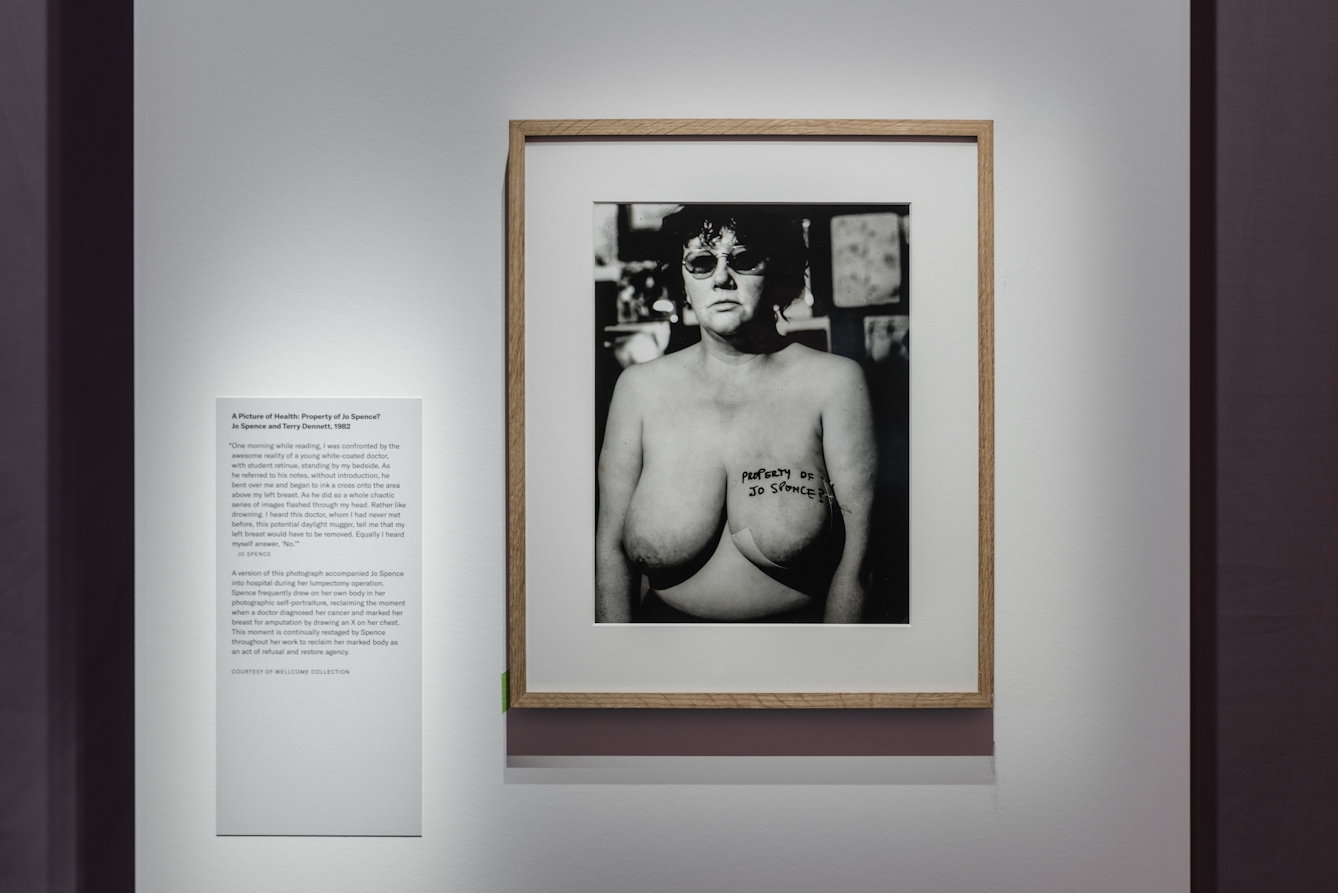
Jo Spence was diagnosed with breast cancer in 1982. ‘A Picture of Health: Property of Jo Spence?’ was taken by her collaborator Terry Dennett, and is about Jo reclaiming her body. She took a version of this into hospital with her for her lumpectomy to remind herself of her own agency.

‘Cancer Shock Photonovel’ documents Jo Spence’s immediate feelings after being diagnosed with cancer. This panel, for instance, explores her new health regime and interest in raw juice therapy and hydrotherapy.
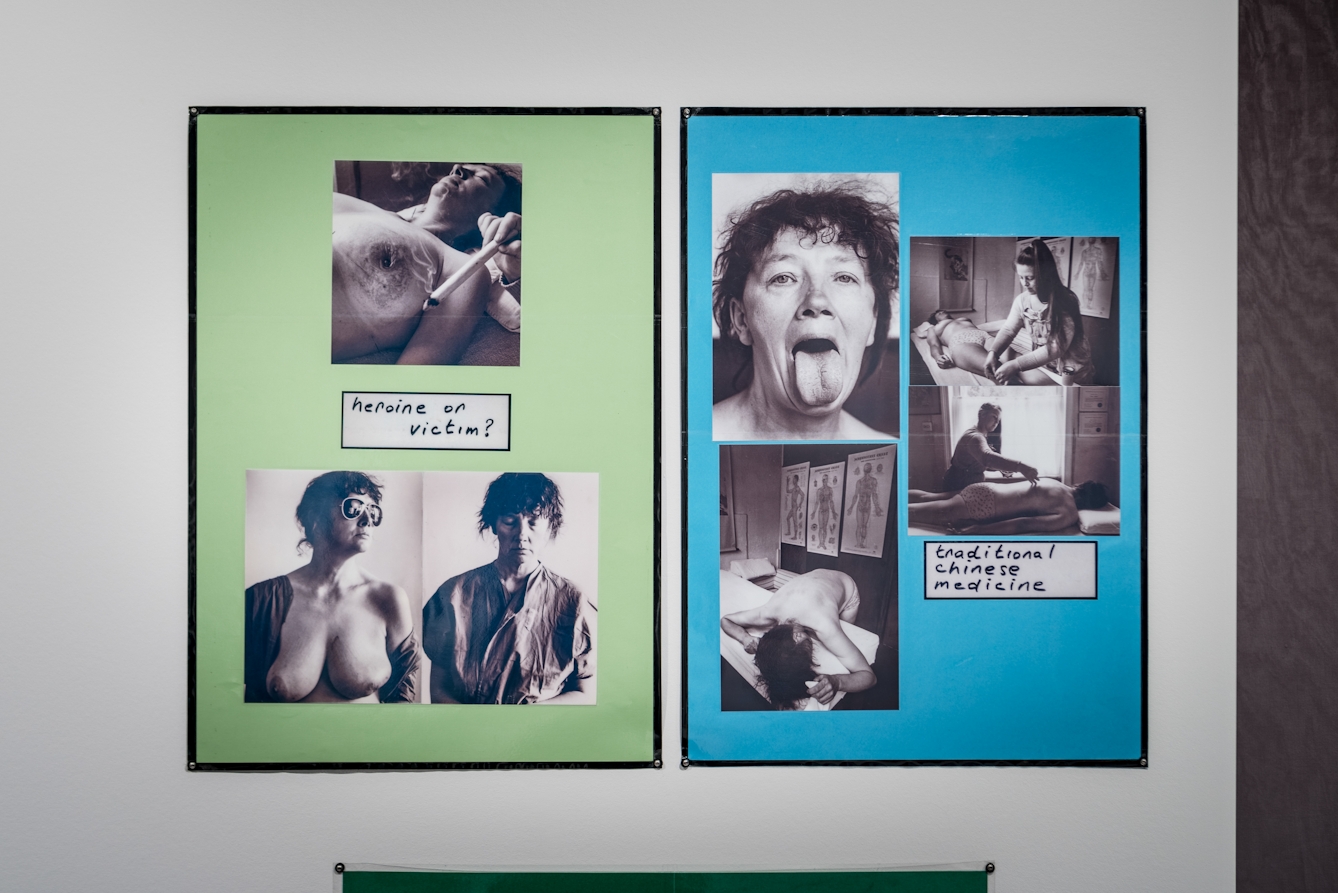
‘The Picture of Health?’ is a huge work made over a period of four years with a network of collaborators. In the green panel here, Jo Spence challenges the way that we often talk about cancer in terms of bravery, asking if she is a “heroine or victim?”.
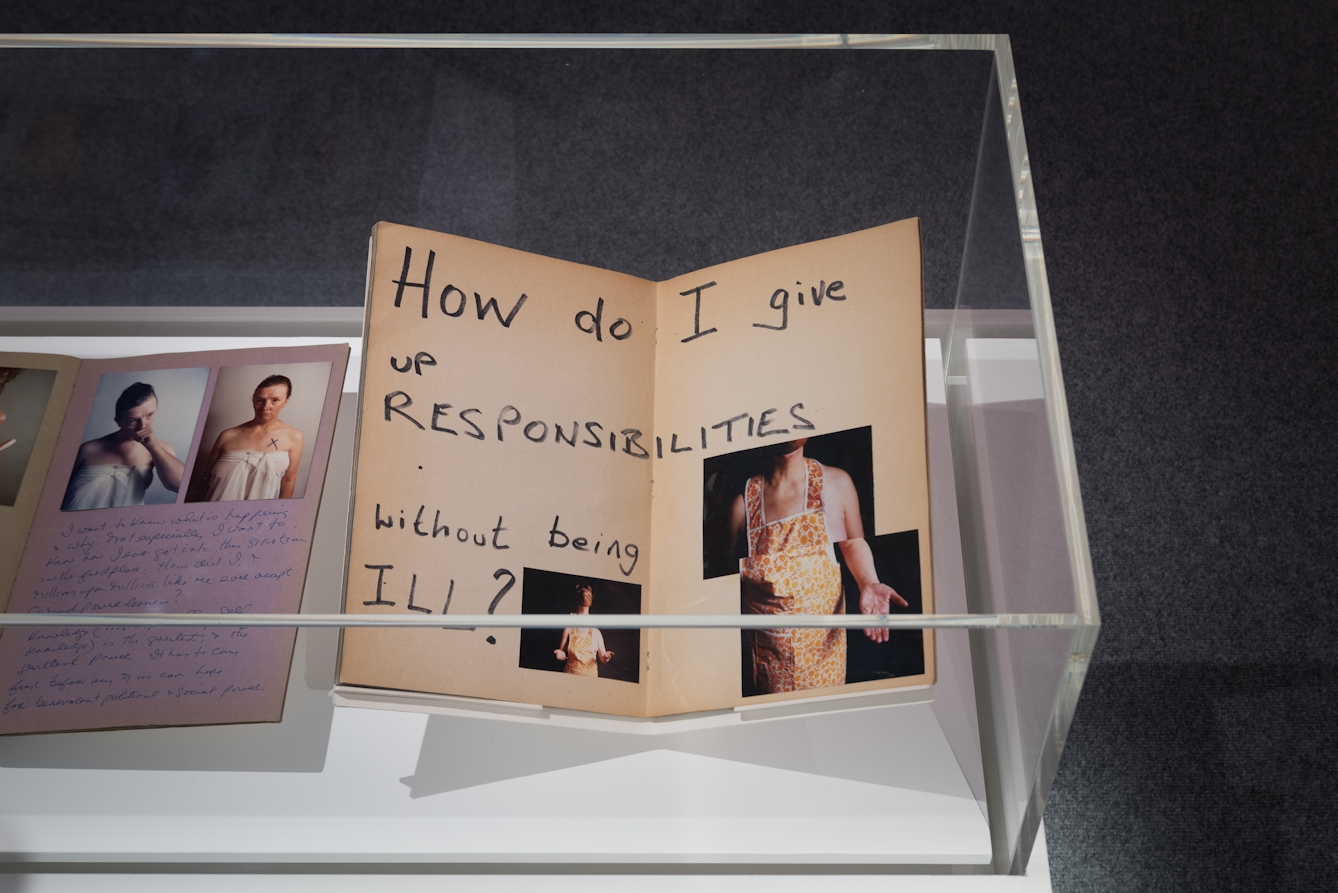
Jo Spence kept diaries and scrapbooks throughout the last ten years of her life, and they were part of her therapy. In them, she works through issues such as her dependence on work, which ran through her whole life, not just the time when she had cancer.
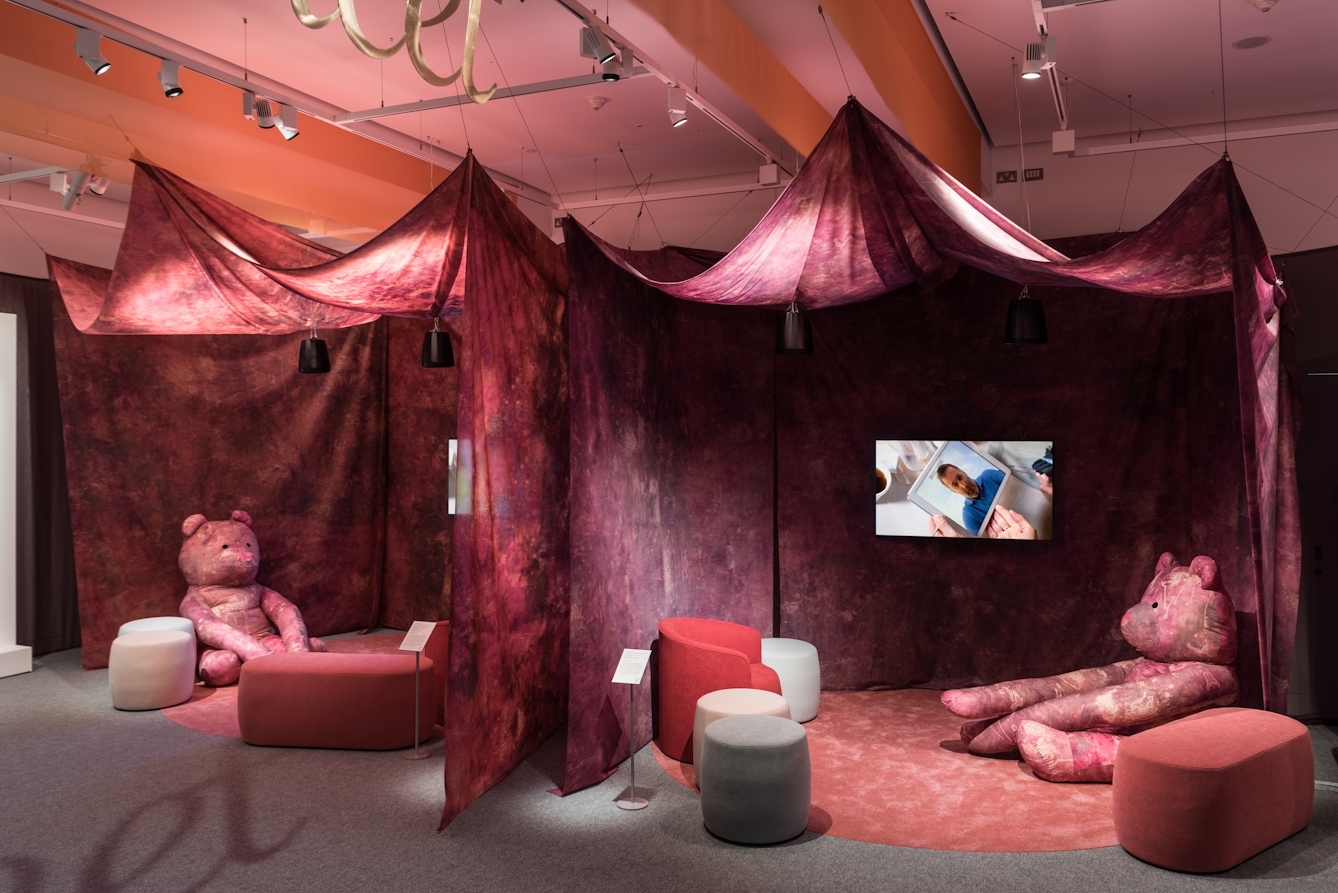
‘Revisiting Genesis’ by Oreet Ashery is a 12-part mini-series that merges fact and fiction and brings together a range of characters. Ashery explores different ways people can be marginalised when seeking treatments, for instance if we are queer, or a migrant, or a person with a chronic illness.
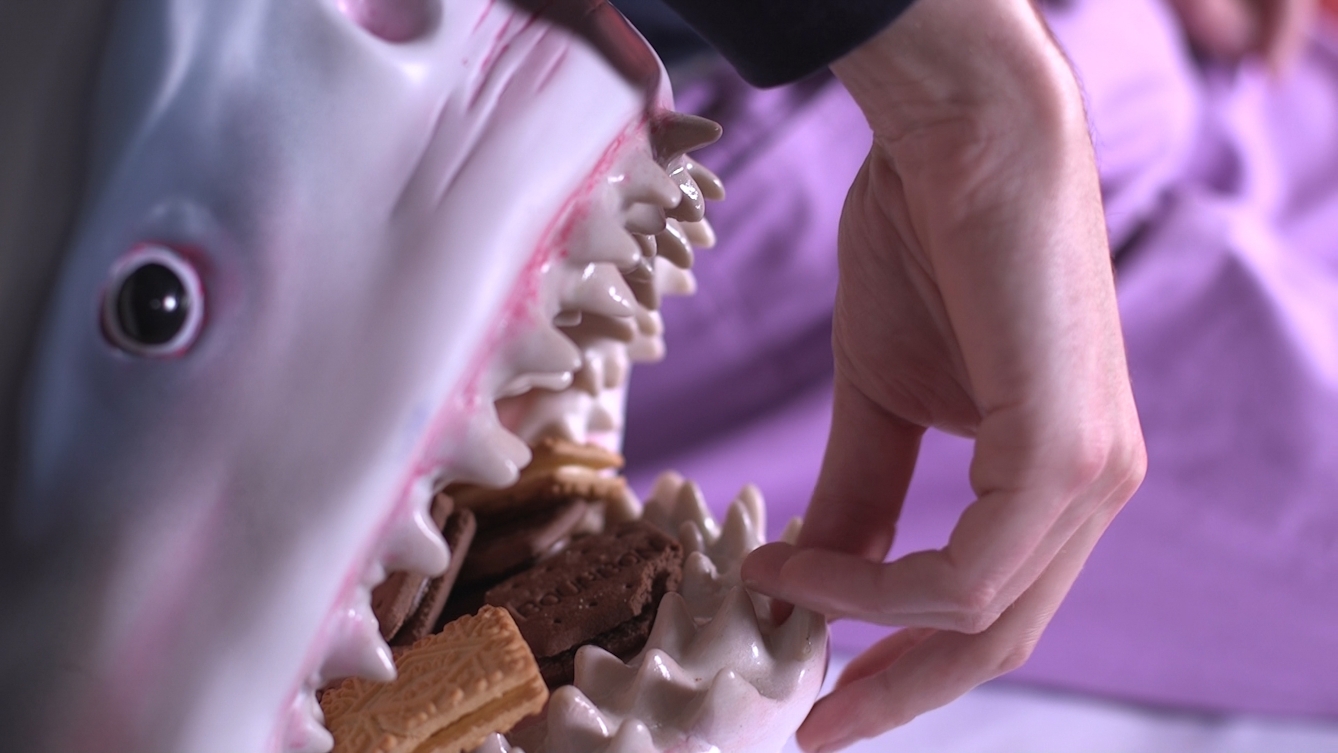
The shark appears throughout ‘Revisiting Genesis’ in connection with the character Bambi (real-life artist Martin O’Brien). O’Brien uses the shark as a symbol of his cystic fibrosis because it’s something under the surface that can attack at any moment.
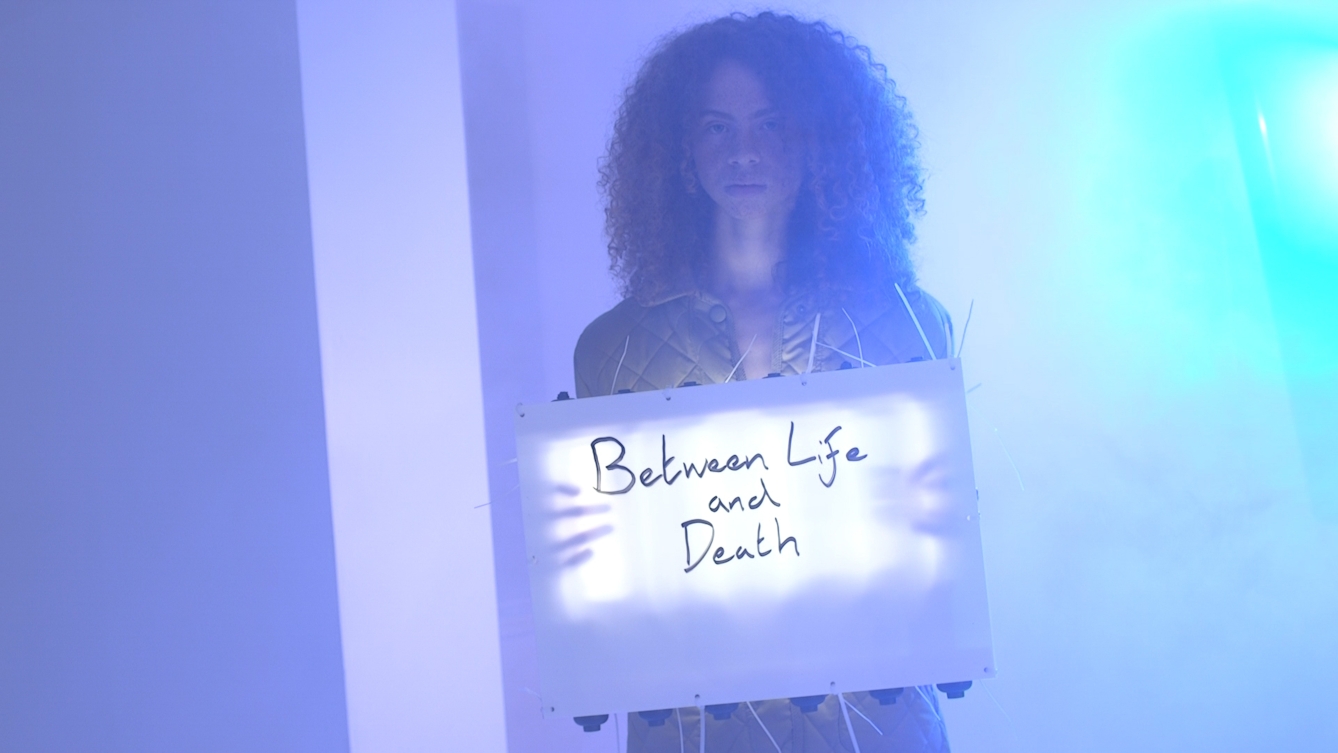
‘Revisiting Genesis’ explores how new technologies affect our relationship to death. Ashery explores how we can be exploited even after we die, as companies try to sell things to us or our relatives, and make money from the data we leave behind.
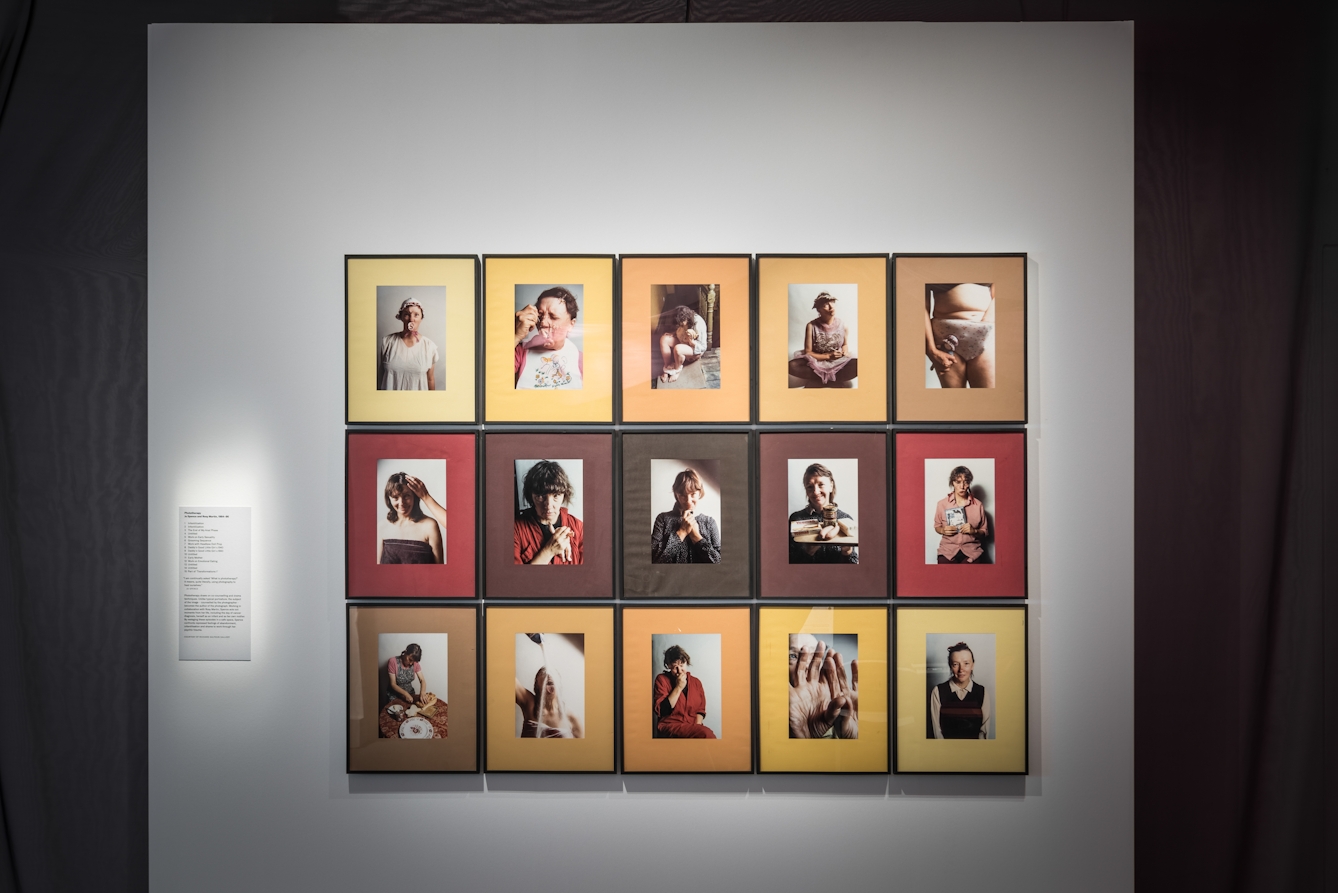
Jo Spence developed ‘Phototherapy’ with photographer Rosie Martin as a form of co-counselling where people take it in turns to counsel each other. The person in front of the camera is the one in control and the photographer becomes a ‘therapist’ who helps them to work through their feelings about the traumatic thing they’re re-enacting.
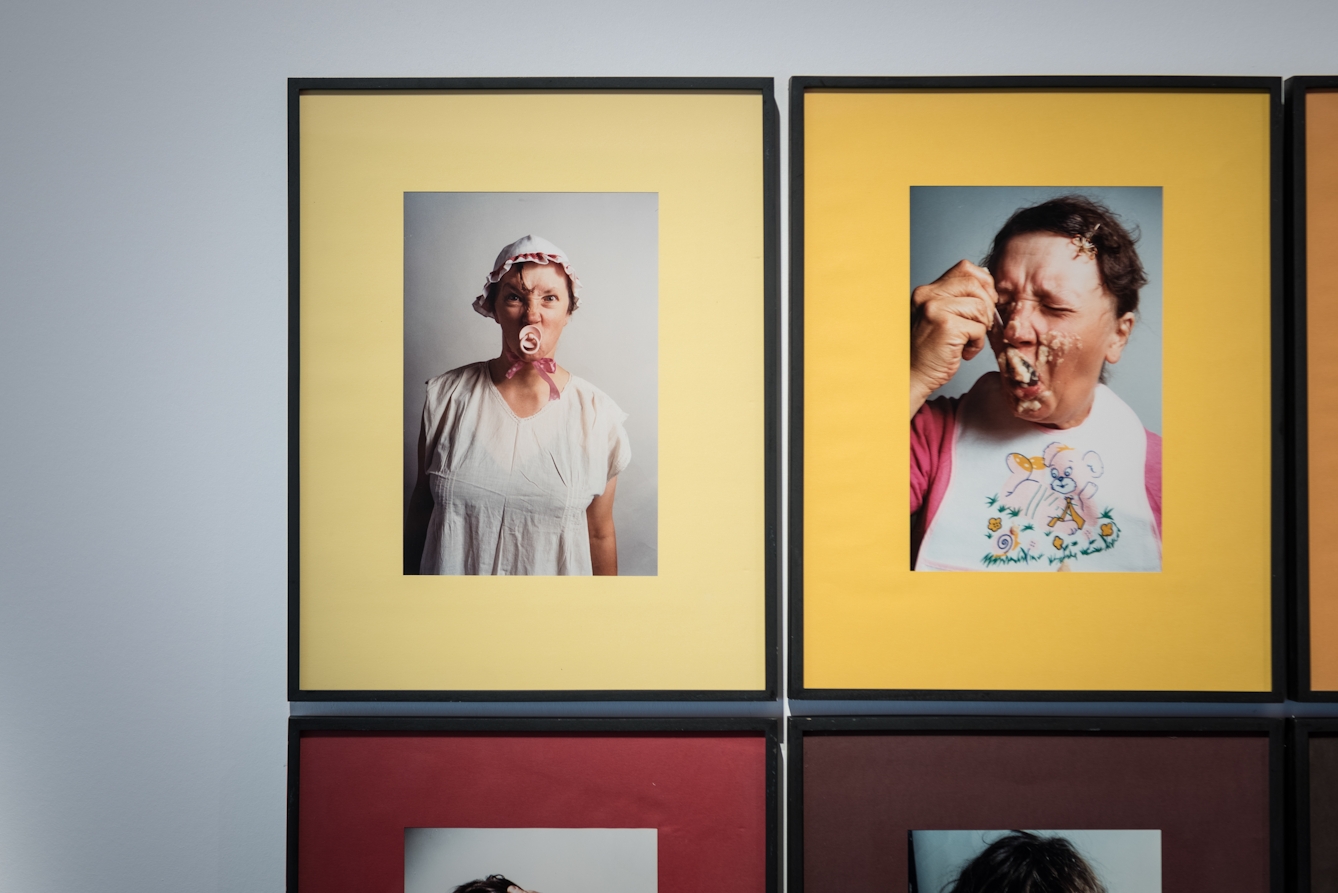
Here we can see Jo Spence exploring the way she was made to feel infantilised by the medical establishment. She felt disempowered, like a misbehaving child, because she refused treatment and did not do what was expected of her.
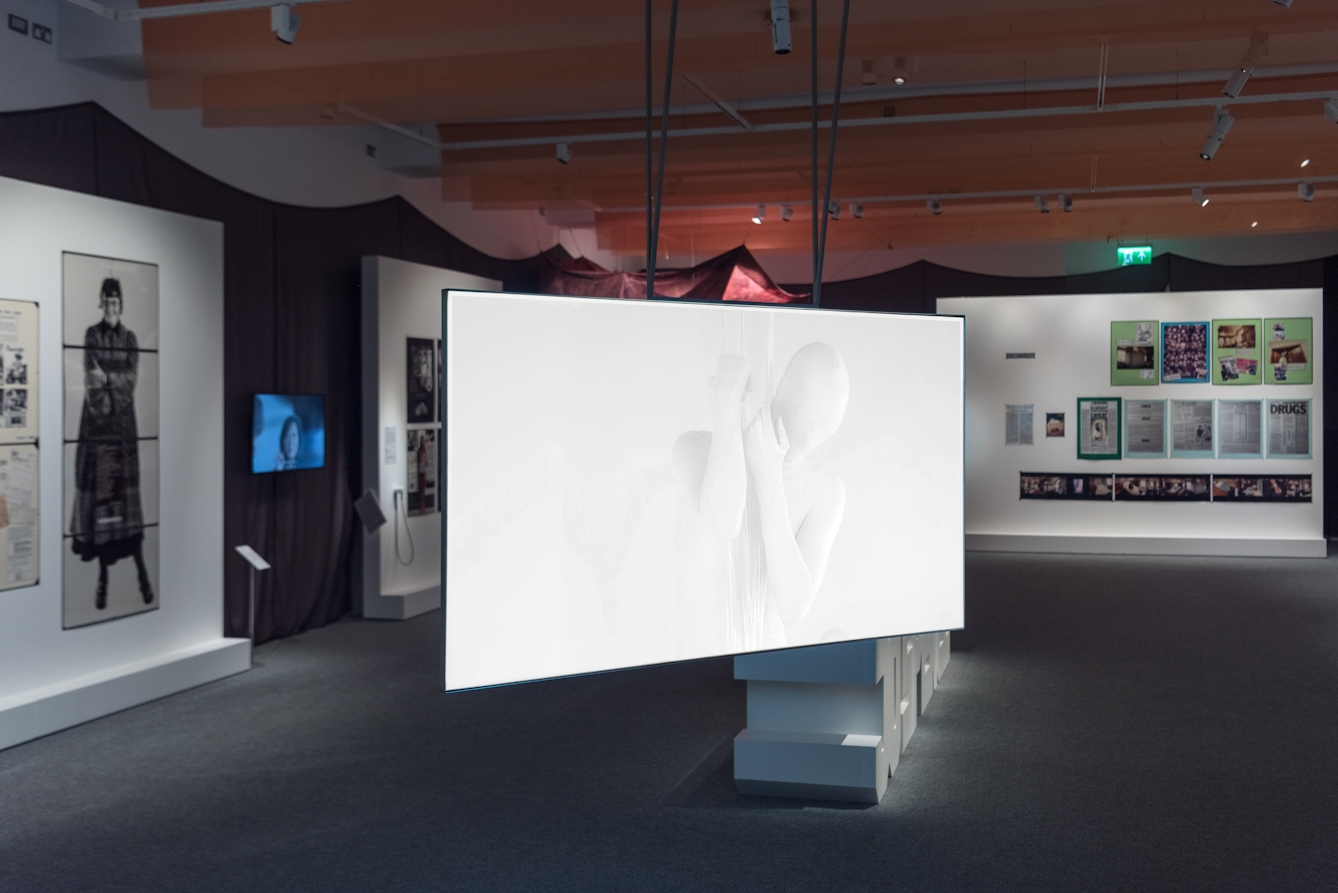
The final episode in ‘Revisiting Genesis’ presents a meditative view of death. A white-suited aerialist on a white background is a metaphorical display of the body dissolving away. The body depicted doesn’t have a clear gender or race, and could be anyone, because death is a universal experience.
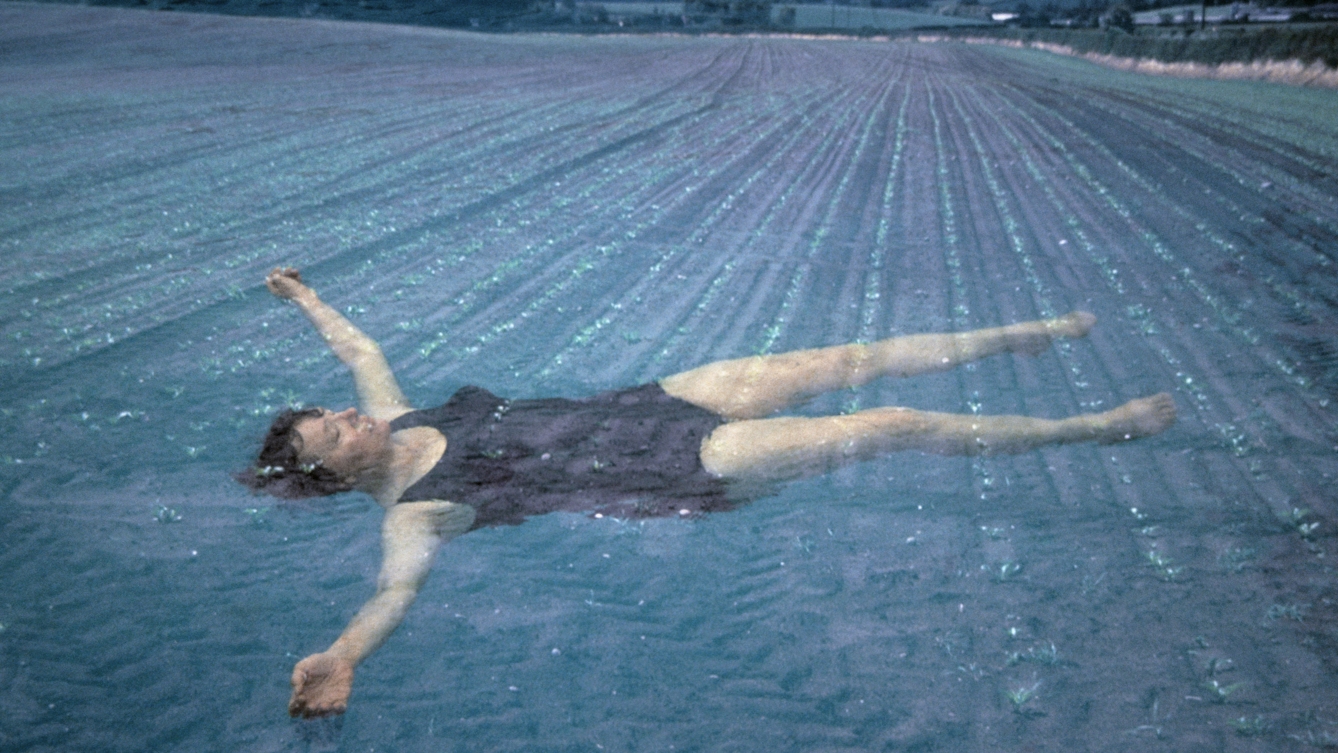
This image is from ‘The Final Project’ by Jo Spence. The double-exposure photograph that seems to show her body being returned to nature is one of the last works she made before her death. Beside the photograph is the poem that accompanies the aerialist in ‘Revisiting Genesis’. Ashery referred to the poem as a Kaddish about dying in the digital age, in which she says, “How we die is how we live, only more so.”